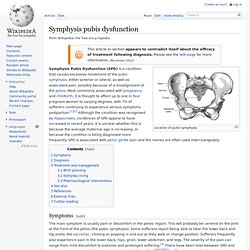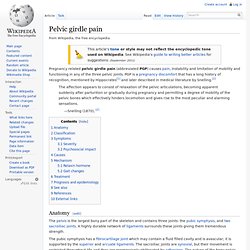

Prenatal Testing. Why do I need to register or sign in for WebMD to save?

We will provide you with a dropdown of all your saved articles when you are registered and signed in. ''Is my baby healthy? " That's the question that moms-to-be worry the most about in pregnancy. You want assurances about your unborn child’s health. That's where prenatal testing comes in. Recommended Related to Women 75 Ways To Be Your Healthiest Ever From its first year of publication, GH has urged readers to live healthfully — to take "a walk before breakfast" (1885), "eat more fish" (1932), and get "at least eight hours of sleep" (1933). Read the 75 Ways To Be Your Healthiest Ever article > > Here's a look at the most common prenatal tests you can expect to undergo at some point during your pregnancy.
hCG: Human chorionic gonadotropin is a hormone that is produced by the placenta after a woman becomes pregnant. Alphafetoprotein (AFP or triple) screening: Most women can expect to get AFP testing during their pregnancy. Top 10 Pregnancy Procedures to Reject. 3.

Consider a midwife If your pregnancy is low-risk, consider using a certified midwife, a health professional who can provide a range of women’s health care during pregnancy, childbirth, and the postpartum period. Certified nurse midwives (CNMs) and certfied midwives (CMs) have graduate degrees, have completed an accredited education program, and must pass a national certification exam. CNMs also have a nursing degree. Certified professional midwives (CPMs) have special training in delivering babies outside of hospitals. Midwives practice in diverse settings—including homes, hospitals, and birthing clinics—and provide many of the same services as physicians, including prescribing medication and ordering tests.
Most health insurance plans cover midwife care and include some in their list of covered providers. 4. 5. Because a baby delivered buttocks- or feet-first can be in danger, many practitioners recommend a C-section when the baby is not coming out head first. 6. 7. 8. Swollen extremities (edema) during pregnancy. Reviewed by the BabyCenter Medical Advisory Board Last updated: April 2012 En español Why are my ankles and feet so swollen?

What you're experiencing is edema – that's when excess fluid collects in your tissue. It's normal to have a certain amount of swelling during pregnancy because you're retaining more water. Changes in your blood chemistry also cause some fluid to shift into your tissue. Inside pregnancy: Weeks 15 to 20 In addition, your growing uterus puts pressure on your pelvic veins and your vena cava (the large vein on the right side of the body that carries blood from your lower limbs back to the heart). For this reason, edema is most likely to trouble you during the third trimester. After you deliver your baby, the swelling will disappear fairly rapidly as your body eliminates the excess fluid.
When should I be concerned about swelling? Symphysis pubis dysfunction. Location of pubic symphysis.

Symphysis Pubis Dysfunction (SPD) is a condition that causes excessive movement of the pubic symphysis, either anterior or lateral, as well as associated pain, possibly because of a misalignment of the pelvis. Most commonly associated with pregnancy and childbirth, it is thought to affect up to one in four pregnant women to varying degrees, with 7% of sufferers continuing to experience serious symptoms postpartum.[1][2] Although the condition was recognised by Hippocrates, incidences of SPD appear to have increased in recent years; it is unclear whether this is because the average maternal age is increasing, or because the condition is being diagnosed more frequently. SPD is associated with pelvic girdle pain and the names are often used interchangeably. Symptoms[edit] Diagnosis[edit] Early diagnosis is crucial in order to minimize the medium to long term severity of the condition, which can be disabling in its extreme form. Pelvic girdle pain.
Pregnancy related pelvic girdle pain (abbreviated PGP) causes pain, instability and limitation of mobility and functioning in any of the three pelvic joints.

PGP is a pregnancy discomfort that has a long history of recognition, mentioned by Hippocrates[1] and later described in medical literature by Snelling.[2] The affection appears to consist of relaxation of the pelvic articulations, becoming apparent suddenly after parturition or gradually during pregnancy and permitting a degree of mobility of the pelvic bones which effectively hinders locomotion and gives rise to the most peculiar and alarming sensations. Anatomy[edit] The pelvis is the largest bony part of the skeleton and contains three joints: the pubic symphysis, and two sacroiliac joints.
A highly durable network of ligaments surrounds these joints giving them tremendous strength. Posterior Sacroiliac jointAnterior Sacroiliac joint Classification[edit] Symptoms[edit] PGP can begin as early as the first trimester of pregnancy.